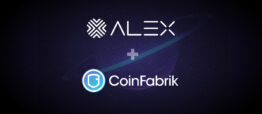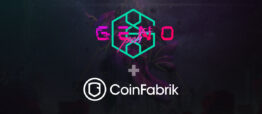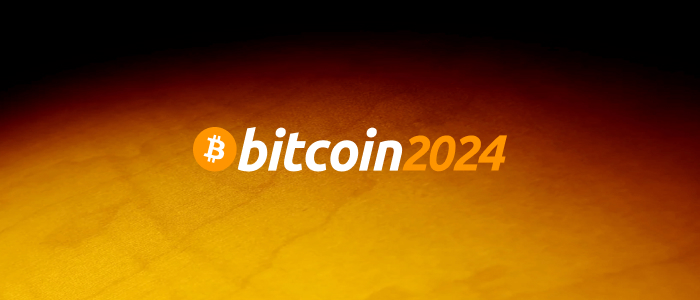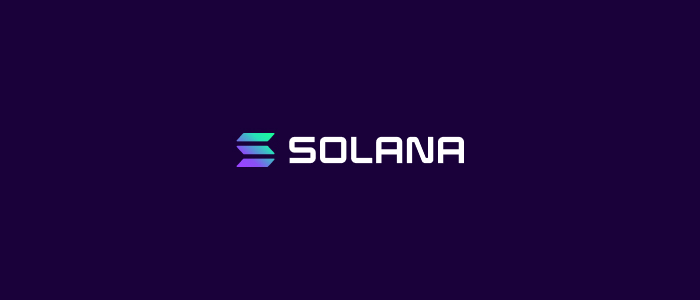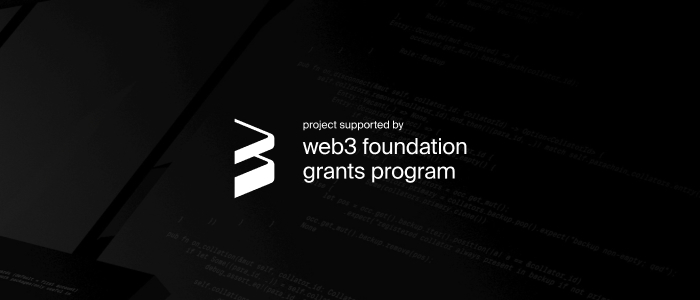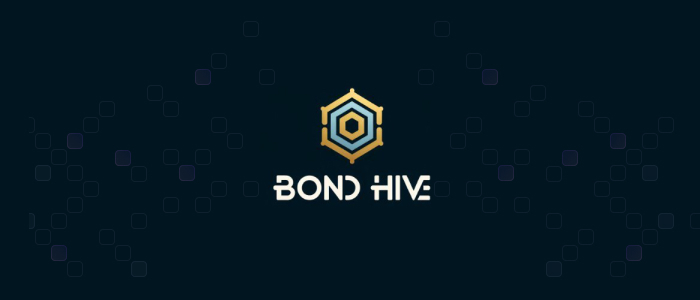Web3 signifies a shift in internet applications, moving from centralized to decentralized networks that enable direct peer-to-peer interactions. Within this new paradigm, asset tokenization has emerged as a groundbreaking technology. It is being used to turn a wide variety of real-world assets into tradable tokens on blockchain networks. These real-world assets can be tangible, like real estate and art, or intangible, such as stocks and bonds.
For instance, asset tokenization can revolutionize the way we deal with real estate, commodities, art, or any other value-bearing assets, converting them into a form that can be easily traded. These tokens, commonly known as non-fungible tokens (NFTs) or security tokens, serve as digital proof of ownership and can be bought, sold, used as collateral, and traded across decentralized platforms for various types of investments.
Advantages and Security Features
The impact of asset tokenization extends beyond just the trading sector. Industries like healthcare, automotive, businesses, and even individual users gain from the robust security features that tokenization provides. Tokenization transforms sensitive data into a series of characters, or tokens, that act as placeholders for the original information. While initially developed as a security measure for credit card data, tokenization has found applications in various other sectors that aim to protect sensitive information.
One of the key advantages of asset tokenization is its ability to enhance security, reducing the risk of data breaches and simplifying data management. Comparatively, while encryption is another method of data protection, there are differences. Unlike tokenization, which replaces data with a random token, encryption transforms data into a coded format using a cipher. Tokenization is often preferred for its simplicity.
Challenges and Future Prospects of Asset Tokenization
As we delve deeper into the capabilities of tokenization, it becomes evident that asset tokenization techniques need to go beyond just making digital copies of real-world assets. Tokenized assets should be built with tokenization methods that clearly define all the financial aspects of the assets they represent. This includes both the actual value of the asset and any potential risks involved. Current tokenization practices, unfortunately, don’t always capture these aspects, hence they underutilize the complete capabilities of blockchain technology.
This underutilization brings us to some of the problems we face in today’s tokenization landscape. One of the tokenization challenges we face nowadays, is that it is common to see tokenization applications present an asset on the blockchain but its terms might only be present in a separate document. This integration shortfall can introduce errors and result in a lack of transparency, which is essential for trust in financial systems.
Addressing this issue is not just a technical requirement but a fundamental necessity. To fully realize the benefits of asset tokenization, it’s crucial to employ advanced tokenization methods that allow for machine-readable and processable financial information. This ensures that the full spectrum of an asset’s characteristics is captured, thus fostering greater trust and efficiency.
As we move into an increasingly digital world, the significance of effective, efficient, and secure data security solutions like tokenization will only increase. This is especially true as the world gets more interconnected and our personal and financial data becomes more exposed. The future of asset tokenization is promising and will play a key role in the security and functionality of decentralized systems.



